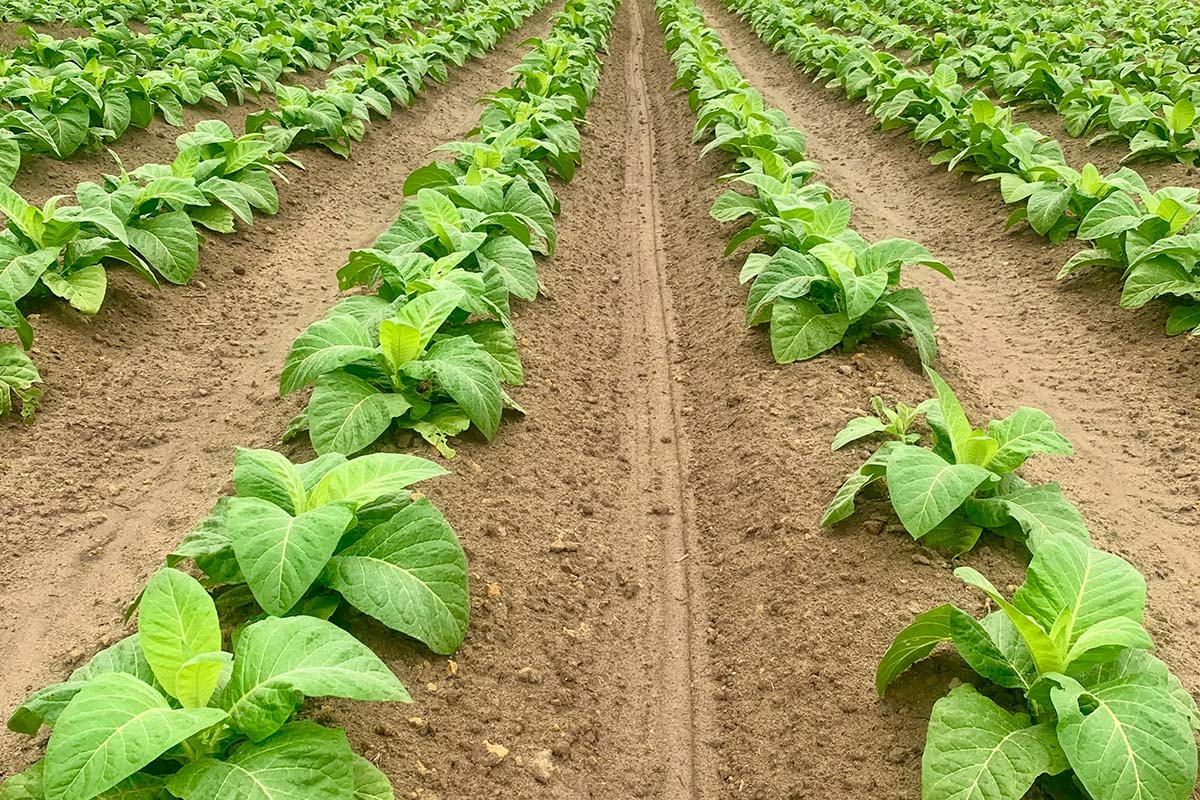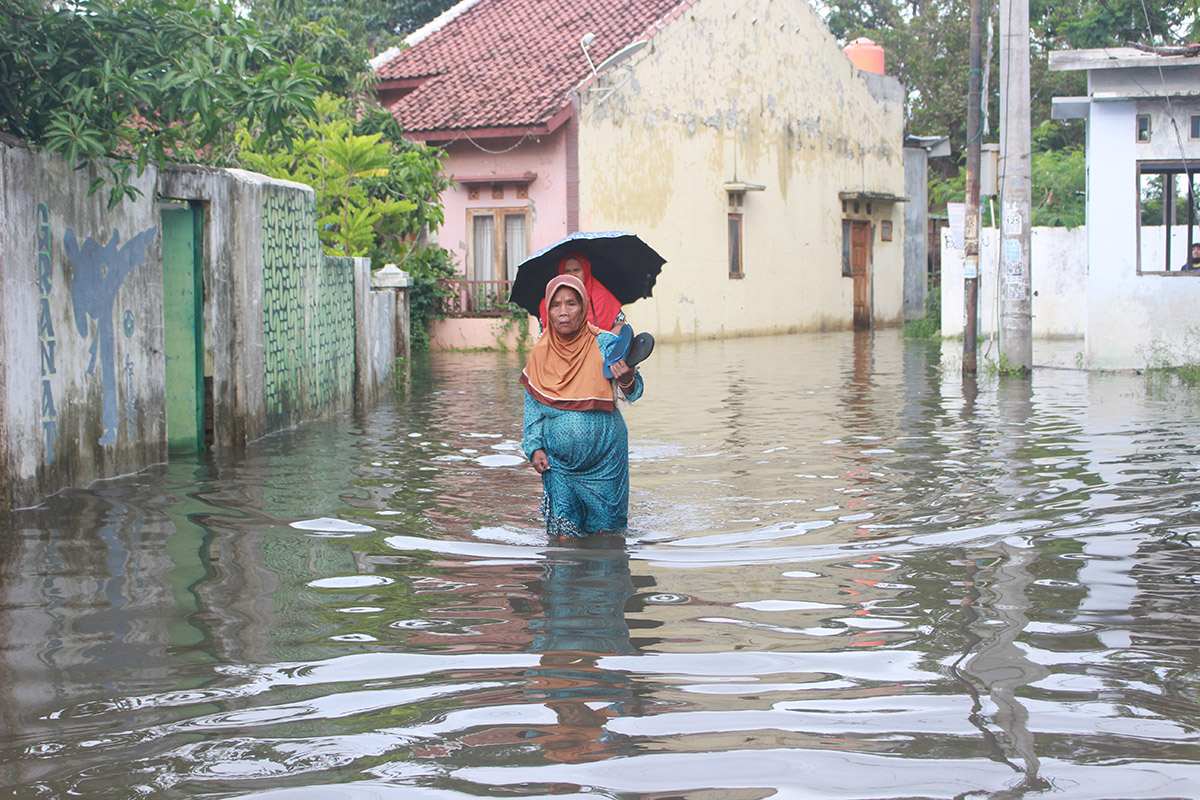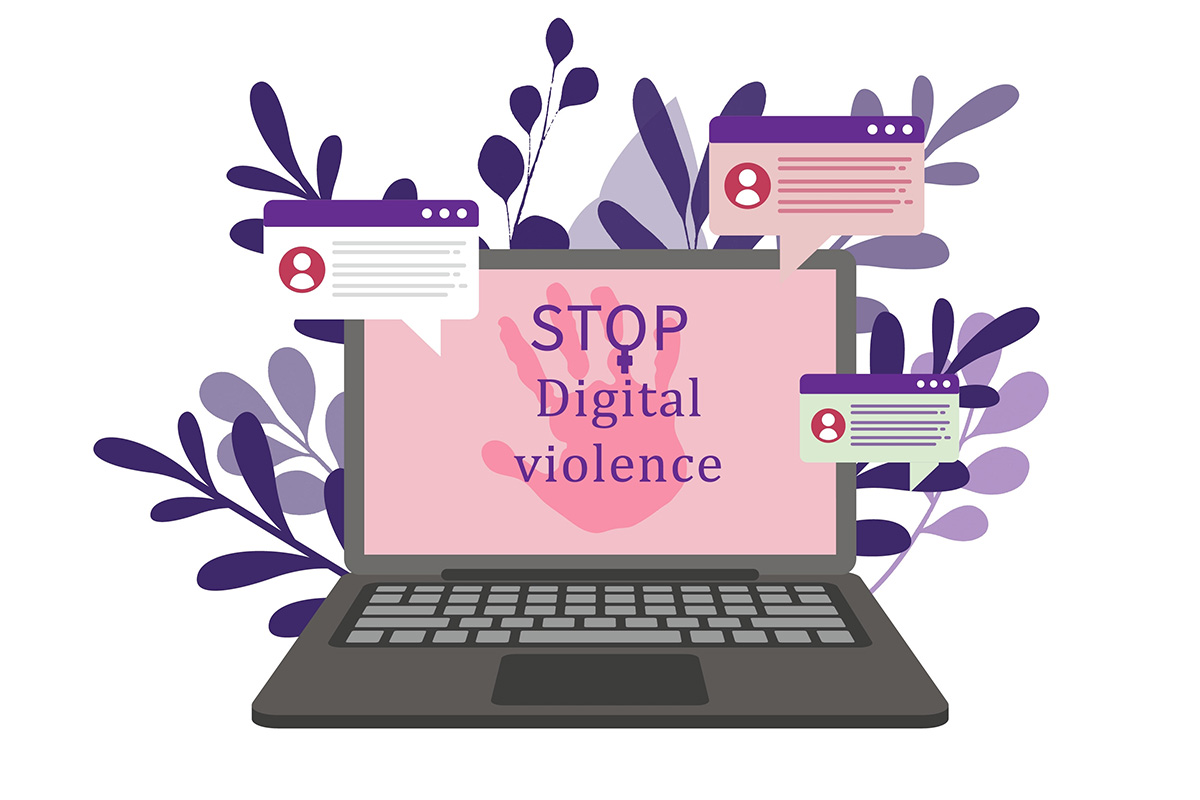COP30: Uncovering Tobacco’s Hidden Environmental Cost
June 22by Dassia Regalado, CYCN Communications & PR Assistant Lead
Each year on May 31, World No Tobacco Day highlights the serious health risks associated with tobacco use. From cancer to heart disease, the harms are well-documented. But this year, we’re shifting the lens.
While health remains a critical focus, the environmental impact of tobacco farming and production deserves just as much attention especially as we face a growing and imminent climate and biodiversity crisis.
From Farm to Factory: The Toxic Trail of Tobacco
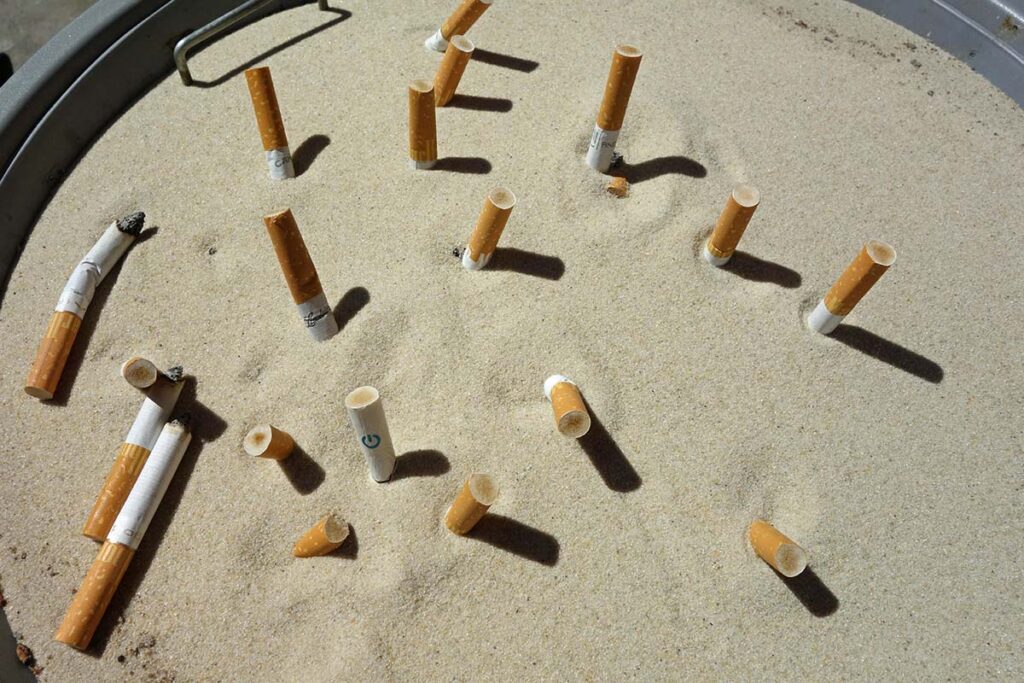
The environmental footprint of tobacco stretches far beyond the cigarette pack. The journey from seed to smoke is filled with practices that harm our ecosystems and deplete natural resources:
Deforestation for Tobacco Cultivation
Tobacco is a major driver of deforestation, particularly in low- and middle-income countries where environmental regulation is often weak. Forests are cleared not only to plant tobacco but also to provide firewood for curing the leaves. This process emits carbon dioxide, destroys biodiversity, and reduces nature’s ability to absorb greenhouse gases.
In Malawi, a Commonwealth country where tobacco is a major export crop, tobacco farming is responsible for an estimated 26 per cent of annual deforestation (WHO Report, 2022).
Soil Depletion and Water Contamination
Tobacco depletes essential nutrients from the soil, leaving land barren and unsuitable for food crops. The heavy use of pesticides and fertilizers also pollutes local water supplies, harming aquatic ecosystems and increasing health risks for nearby communities.
In Bangladesh, a Commonwealth member state, regions with intensive tobacco farming report declining water quality and reduced food production potential (WHO FCTC Environmental Impact Report).
Tobacco Manufacturing and Waste
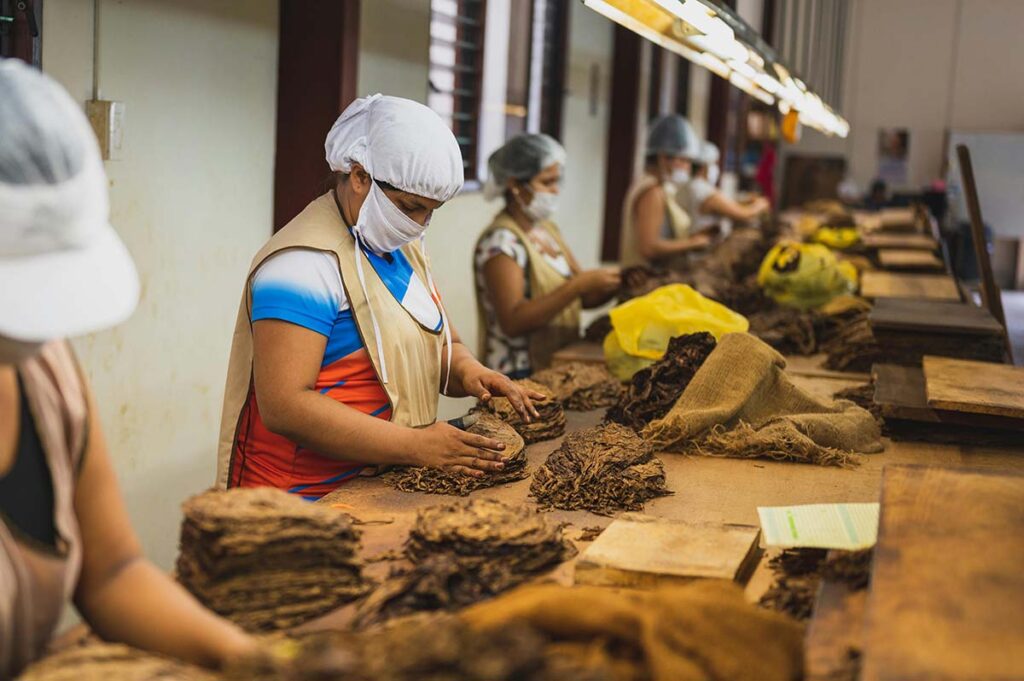
The industrial process of producing cigarettes contributes to air and water pollution. Even more visibly, billions of cigarette butts containing microplastics and toxic chemicals are discarded annually. These are now among the most littered items worldwide, damaging urban, coastal, and marine environments.
Environmental Justice: Who Pays the Price?
Tobacco farming often takes place in vulnerable communities where environmental protections are limited and alternative livelihoods are scarce. Many smallholder farmers find themselves trapped in cycles of debt, and children are frequently engaged in hazardous farm labour—absorbing nicotine through their skin simply by handling wet tobacco leaves.
These environmental harms are also social injustices. The people least responsible for tobacco profits often bear the greatest burdens of their environmental damage.
A Greener Path Forward
This World No Tobacco Day, let’s broaden the conversation. Yes, quitting tobacco saves lives but so does tackling its environmental footprint. Here’s how we can help:
- Support policies that regulate tobacco farming and production more strictly
- Promote reforestation and soil restoration in areas damaged by tobacco cultivation
- Raise awareness about the environmental damage caused by cigarette waste
- Encourage governments and communities to help farmers transition to sustainable crops
The Bottom Line
Tobacco doesn’t just harm individual health, it damages ecosystems, accelerates climate change, and exacerbates global inequality.
By addressing tobacco through the dual lens of health and environmental justice, we can create a healthier, fairer, and more sustainable world.
-This May 31st let’s say no to tobacco not just for ourselves, but for the planet.
